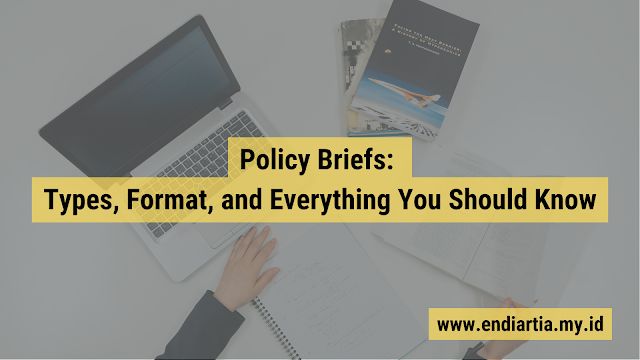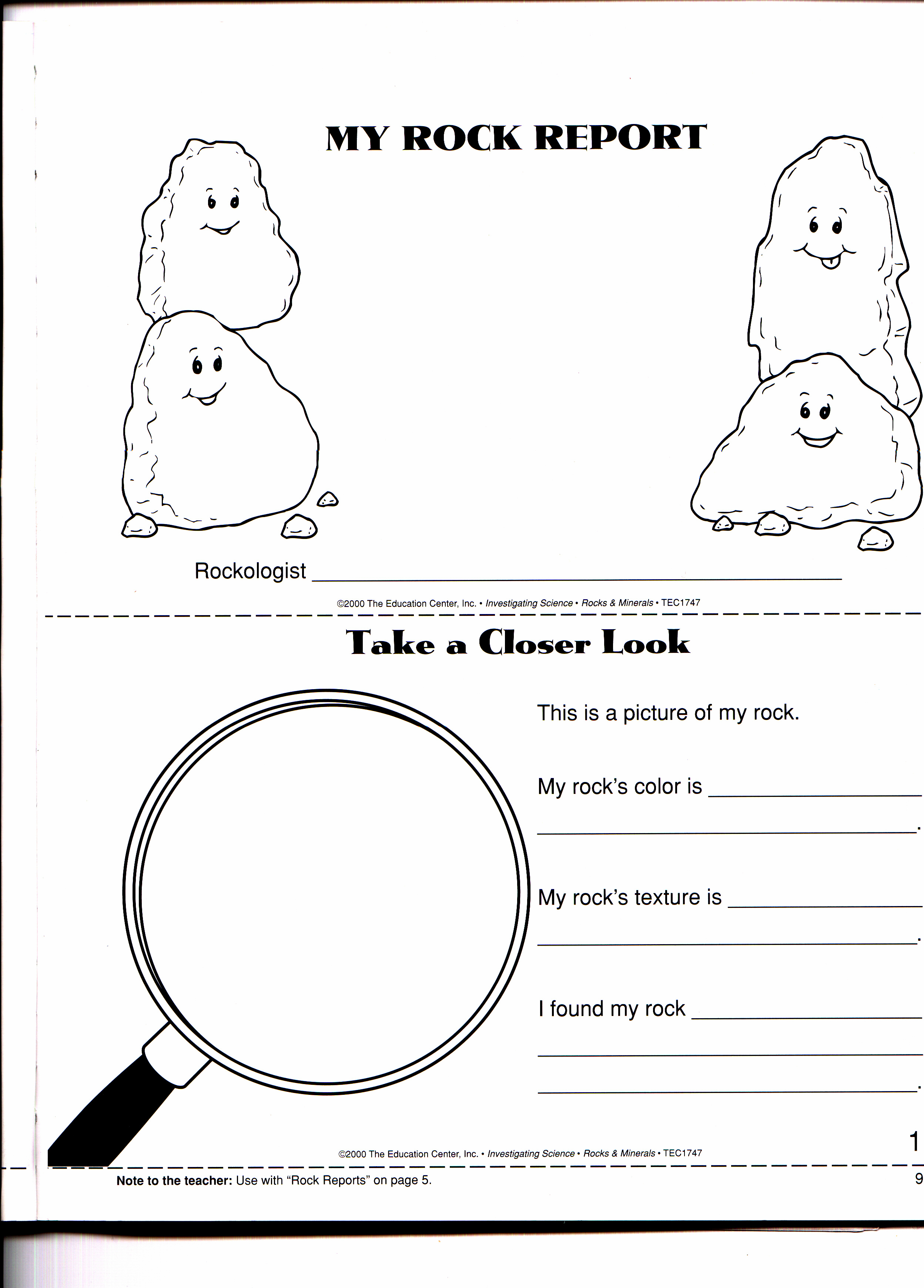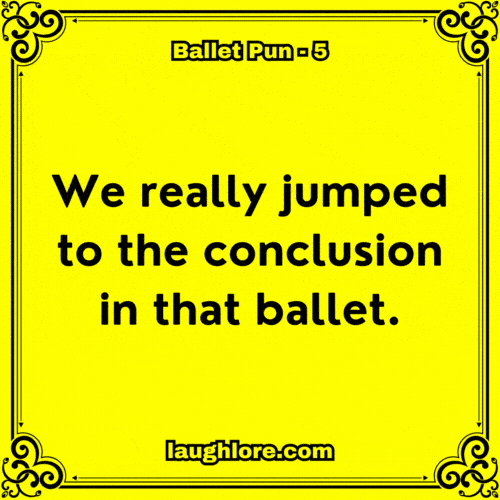Understanding Briefs: Types, Styles, And Best Practices

Table of Contents
Types of Briefs
Different projects require different approaches, and this is reflected in the variety of briefs used across industries. Let's explore some key types:
Creative Briefs
Creative briefs are the lifeblood of any creative project, from designing a new logo to crafting a compelling TV commercial. They focus on the artistic and strategic elements, ensuring everyone is on the same page regarding the project's visual and messaging aspects.
- Defining the target audience: Who are we trying to reach? What are their demographics, psychographics, and needs?
- Outlining the objective: What specific outcome are we aiming for? Increased brand awareness? Driving sales? Generating leads?
- Specifying the message: What key message do we want to convey? What is the core value proposition?
- Detailing the tone and style: What feeling should the creative evoke? Is it playful, sophisticated, serious, or informative?
- Describing the deliverables: What tangible outputs are expected? A logo design? A series of social media posts? A website mockup?
Example: A creative brief for a new logo design would specify the brand's personality, target audience, and desired visual style, ensuring the designer creates a logo that accurately reflects the brand's identity.
Marketing Briefs
Marketing briefs are more strategic, outlining the overall marketing plan and campaign. They go beyond the creative execution and encompass the broader marketing goals and strategies.
- Defining the marketing goals: What are the measurable objectives of the campaign? (e.g., increase website traffic by 20% in three months).
- Outlining the target market: This builds on the creative brief's audience definition, adding more detail about their buying habits and online behavior.
- Specifying the budget: What financial resources are allocated to the campaign?
- Detailing the marketing channels: Which platforms will be used (e.g., social media, email marketing, paid advertising)?
- Outlining the timeline: When will the campaign launch and conclude? What are the key milestones?
Example: A brief for a social media marketing campaign would detail the target audience, the platforms to be used, the content strategy, the budget, and the key performance indicators (KPIs) to track success.
Project Briefs
Project briefs provide a broader overview of a project's scope and requirements, regardless of its creative or marketing aspects. They are applicable across various disciplines.
- Defining the project goals: What are the overall objectives of the project?
- Outlining the deliverables: What specific outcomes are expected from the project?
- Specifying the timeline: What are the key deadlines and milestones?
- Outlining resources needed: What personnel, tools, and materials are required?
- Detailing the budget: What is the total allocated budget for the project?
Example: A project brief for developing a new software application would outline the functionalities, target users, development timeline, and budget.
Writing Briefs
Writing briefs provide specific instructions for writing projects, ensuring consistent messaging and style across different content pieces.
- Defining the purpose: What is the goal of this writing project? To inform? Persuade? Entertain?
- Outlining the target audience: Who is the intended reader? What is their level of knowledge and interest in the topic?
- Specifying the tone and style: What style of writing is appropriate (formal, informal, humorous, etc.)?
- Defining the length and format: What is the desired word count? What format is required (e.g., blog post, report, press release)?
- Providing background information: Is there any crucial context or data the writer needs to know?
Example: A brief for writing a blog post about a new product would outline the key features and benefits of the product, the target audience, the desired tone, and the desired word count.
Styles and Formats of Briefs
Briefs can vary significantly in style and format, depending on the project's complexity and the preferences of the team.
Formal Briefs
Formal briefs are highly structured and detailed documents, often used for larger, more complex projects requiring meticulous planning and execution. They usually include a clear title page, executive summary, detailed sections, and appendices. Many organizations use pre-designed templates for consistency.
Informal Briefs
Informal briefs are less structured and often used for smaller, simpler projects or quick collaborations within a team. They might consist of a simple email outlining the key requirements, or a quick meeting to discuss the project's scope. While efficient for small projects, they can lack the detail required for complex undertakings and may lead to misunderstandings.
Visual Briefs
Visual briefs leverage visual elements like mood boards, style guides, and example images to communicate the project's desired aesthetic and overall vision. They are particularly useful for creative projects where visual communication is paramount. This style is exceptionally helpful in conveying brand identity and desired tone more effectively than purely textual briefs.
Best Practices for Writing Effective Briefs
Creating an effective brief requires careful planning and attention to detail. Here are some key best practices:
Clarity and Conciseness
Use clear, concise language, avoiding jargon and technical terms that the recipient may not understand. Ambiguity breeds confusion and delays, so ensuring your brief is straightforward is paramount.
Defining Objectives and Goals
Well-defined objectives are essential for successful project completion. Utilize SMART goals (Specific, Measurable, Achievable, Relevant, Time-bound) to ensure your objectives are clear, trackable, and attainable.
Target Audience Definition
Thoroughly understand your target audience. Develop detailed buyer personas to guide creative decisions and ensure your message resonates with the intended recipient.
Collaboration and Feedback
Brief development should be an iterative process involving collaboration and feedback from all stakeholders. Regular check-ins and open communication are crucial for ensuring alignment and addressing any concerns early on.
Tracking and Measurement
Establish key performance indicators (KPIs) to track project progress and measure success against the brief's objectives. This data will inform future projects and help refine your briefing process.
Conclusion
Understanding briefs is essential for effective communication and successful project management. This article explored various types of briefs, including creative, marketing, project, and writing briefs, highlighting the importance of tailoring the brief to the project's specific needs. We also discussed different styles and formats, and outlined best practices for creating clear, concise, and effective briefs. By mastering the art of crafting effective briefs, you can significantly improve collaboration, streamline workflows, and ultimately achieve better results.
Call to Action: Master the art of crafting effective briefs to streamline your projects and achieve better results. Download our free template for creating effective marketing briefs today! Learn more about writing compelling creative briefs and improve your marketing communication with effective briefs.

Featured Posts
-
 Shpani A Go Osvoi Tronot Vo Ln Tragichni Penali Za Khrvatska
May 23, 2025
Shpani A Go Osvoi Tronot Vo Ln Tragichni Penali Za Khrvatska
May 23, 2025 -
 Englands Cook Makes Test Debut Against Zimbabwe
May 23, 2025
Englands Cook Makes Test Debut Against Zimbabwe
May 23, 2025 -
 Tour De France 2027 Grand Depart From Edinburgh Scotland
May 23, 2025
Tour De France 2027 Grand Depart From Edinburgh Scotland
May 23, 2025 -
 Icc Test Bowling Rankings Bumrah Stays Number One
May 23, 2025
Icc Test Bowling Rankings Bumrah Stays Number One
May 23, 2025 -
 Analysis Of X101 5s Big Rig Rock Report 3 12 Playlist
May 23, 2025
Analysis Of X101 5s Big Rig Rock Report 3 12 Playlist
May 23, 2025
Latest Posts
-
 A Weekend Of Events Fashion Heritage Ballet And Puns Included
May 23, 2025
A Weekend Of Events Fashion Heritage Ballet And Puns Included
May 23, 2025 -
 Weekend Events Featuring Fashion Heritage Ballet And More
May 23, 2025
Weekend Events Featuring Fashion Heritage Ballet And More
May 23, 2025 -
 Fashion Heritage And Ballet Weekend Events Not To Miss
May 23, 2025
Fashion Heritage And Ballet Weekend Events Not To Miss
May 23, 2025 -
 Discover Weekend Events Fashion Heritage Ballet And Puns
May 23, 2025
Discover Weekend Events Fashion Heritage Ballet And Puns
May 23, 2025 -
 Ballet Fashion And Heritage A Weekend Of Events
May 23, 2025
Ballet Fashion And Heritage A Weekend Of Events
May 23, 2025
